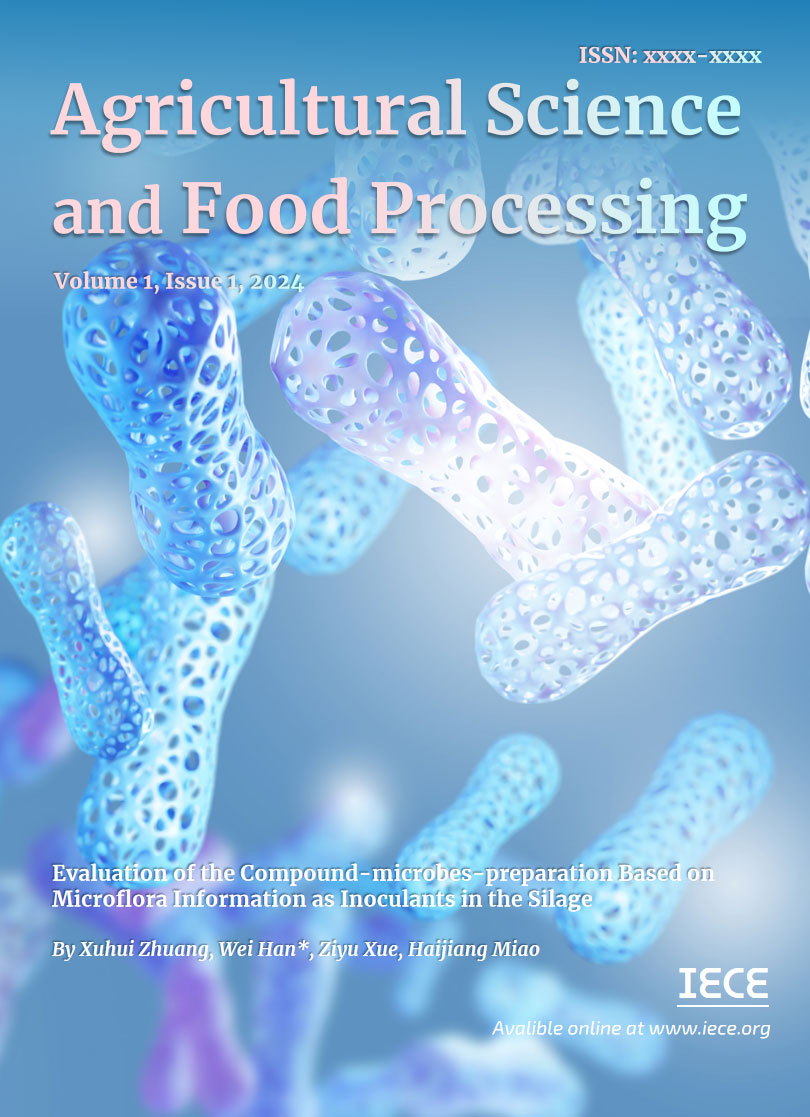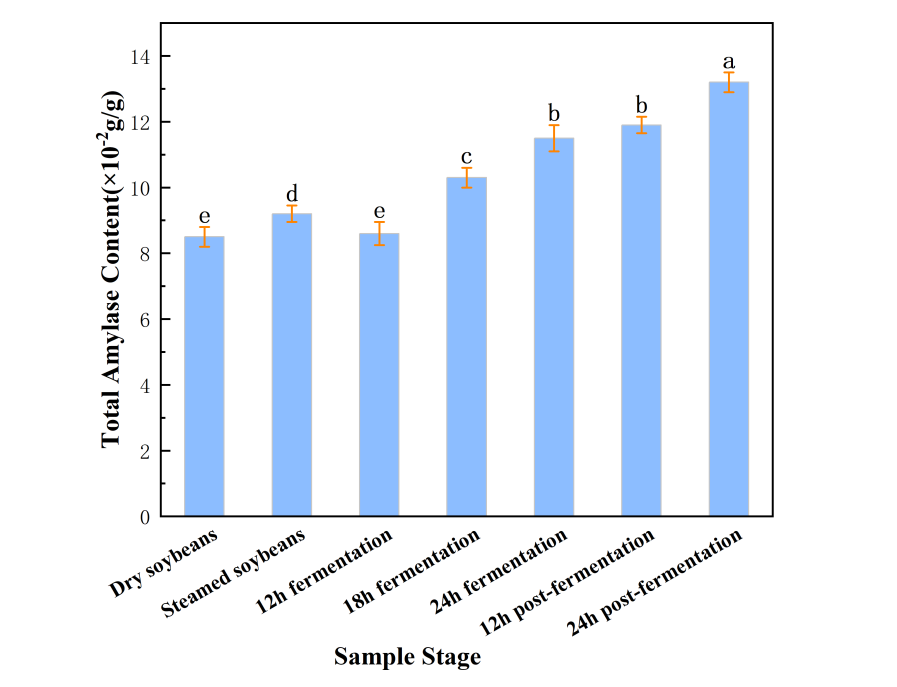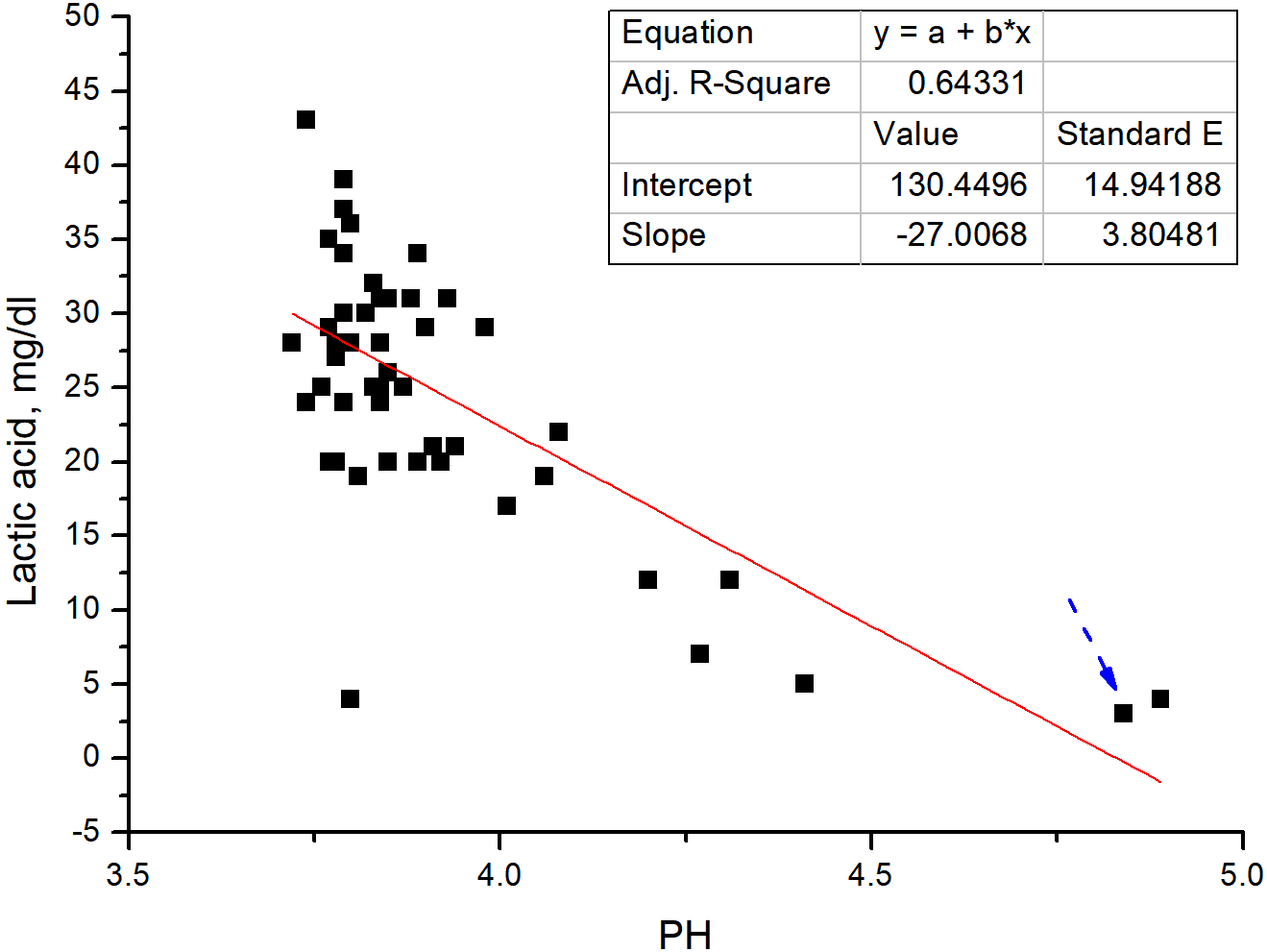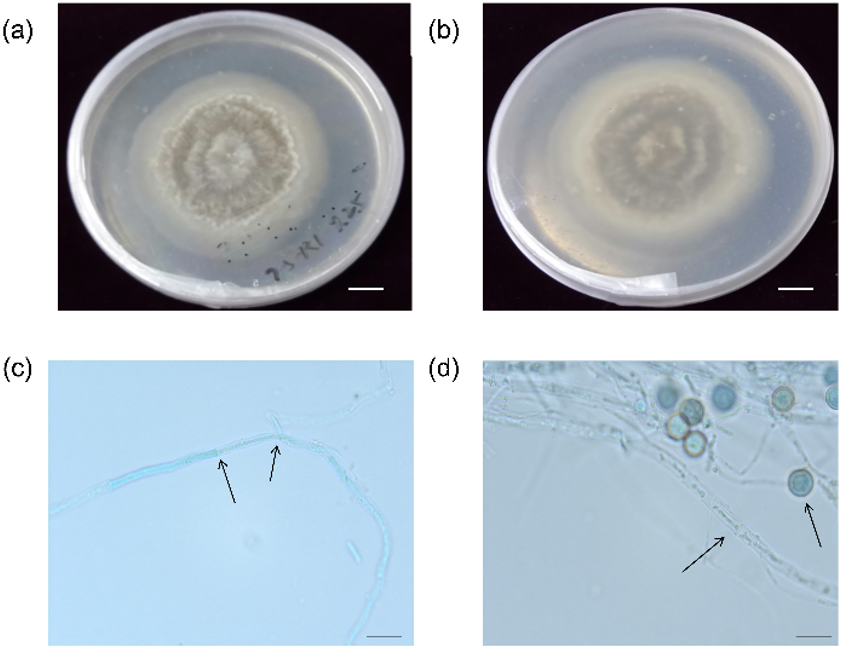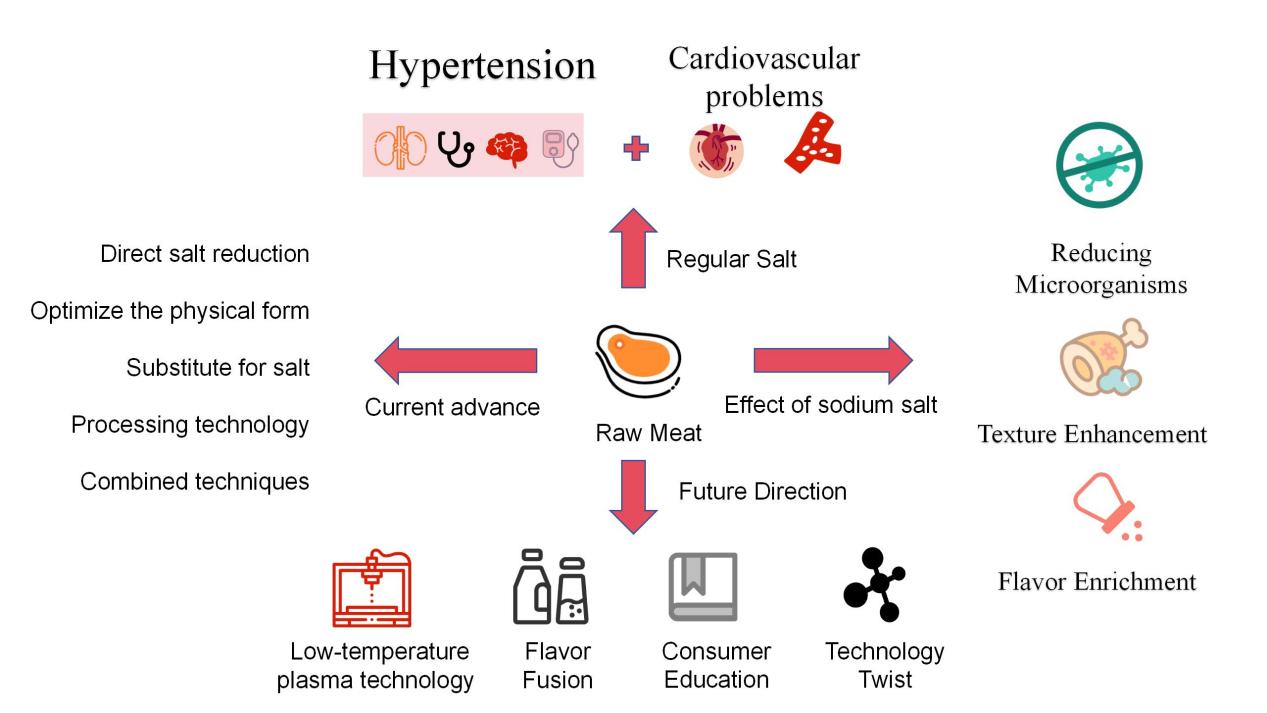Agricultural Science and Food Processing | Volume 1, Issue 1: 48-57, 2024 | DOI:10.62762/ASFP.2024.610643
Abstract
Food security is crucial for human survival and national economic development, but frequent meteorological disasters have caused great harm to agricultural production. Therefore, it is very important and meaningful to study how to quickly and accurately predict the loss rate of disasters. Only based on historical loss sequence, the time series prediction method can effectively predict future loss. Therefore, this paper first briefly describes the main means of time series prediction, namely statistical methods and machine learning algorithms. Secondly, the commonly used machine learning algorithms for disaster loss time series prediction, and its application cases and existing problems, were... More >


